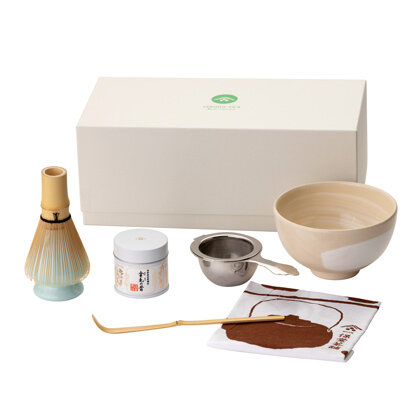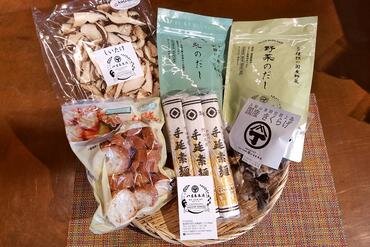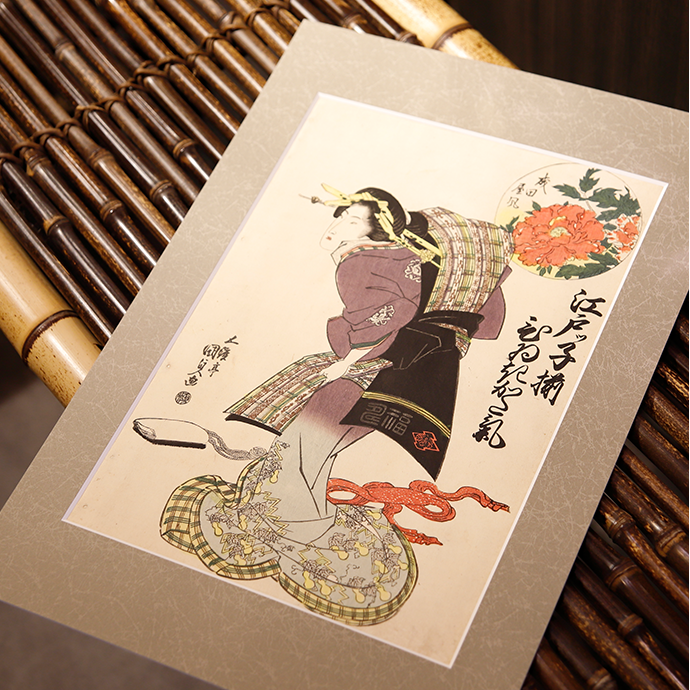TOKYO SHOPPING GUIDE
From boutiques to swanky malls, to unique mom-and-pop stores Tokyo has it all. Here at Hello! Tokyo Tours we are big on local culture and local life so here we share with you our top picks for local souvenirs and our favourite neighbourhoods for shopping in.
Click into each item for more information.
TOP 25 SOUVENIRS
Well known among stationary enthusiasts, Kakimori offers customized notebooks and high quality fountain pens, ball-point pens, pencils, ink and much more.
Yamada Heiando is one of the few stores in Japan that holds the royal warrant - an honorable title given to traditional Japanese brands that the Imperial household has appointed to use
Daruma dolls are a traditional Japanese round doll modeled after Bodhidharma, the founder of Zen Buddhism. These dolls are a symbol of good luck and perseverance.
Known to be used in occasions such as Japanese embassies and consulate generals, Kagami creates some of Japan’s highest quality cut glass products.
A furoshiki is a traditional Japanese cloth used to wrap goods, lunches, gifts etc. Musubi has given the furoshiki a modern, contemporary style and usage.
Okiagari Koboshi dolls are traditional dolls with unique and charming features painted on them. Okiagari literally means to get up. These cute little dolls will stand up even after being pushed down!
At each shrine or temple, you are able to purchase an omamori and a fortune. An omamori is basically a lucky charm special to that temple or shrine.
Located in Kuramae, Tokyo, Neutral Gray offers some of the most durable yet lightest leather bags around. You’d have to hold one yourself to find out.
Ippodo tea has been a popular tea choice in Japan for three centuries. Check out their wide variety of tea and enjoy traditional tea with sweets in their cafe.
See some of the top traditional Japanese ceramics at Kurodatouen. Part exhibitions space, part store, Kurodatouen has been serving Tokyo since 1935.
Mooosh Squish in Harajuku specializes in these toys and sell the most popular squish toy brand Bloom. This internet sensation toy is popular among teenage girls and is a unique Japanese toy.
Kit Kat has over a hundred different flavors in Japan with some bizarre ones like wasabi, sake and pumpkin pudding to name a few!
Get traditional Japanese paper from Ozu Washi in Nihonbashi. Since 1653, they have been selling some of the best arts and craft items in Tokyo.
Sake lees are the left overs from sake production and is said to be gentle on the skin and have some potential benefits. Try sake face masks made from sake lees.
These superb quality towels has been leading the towel industry for over 120 years in Japan. The softness and ability to absorb water well has put its name in the books around the world and has also appeared in many exhibitions.
From couple hundred yen (couple dollars) chopsticks to tens of thousands of yen (couple hundred dollars) chopsticks, Hashicho has a wide variety of chopsticks to choose from.
Kiya knives has been serving Tokyo for over 200 years establishing in 1792. They have combined tradition with modern technology to to make some of the best knives for cooking.
Gold leaf has been a popular decoration for lacquerware since the 16th century. But lately is has been popular in cosmetic products as gold leaf infused cosmetics is said to be good for the skin.
Dashi is an essential component of Japanese cooking that you will find in every house in Japan. Up your Japanese cooking skills from this dashi shop that has been around since 1737.
Yonoya has passed down their comb making traditions and pleased Tokyo with their high quality combs since 1717.
Tokyo Banana has been voted the #1 souvenir to buy these past two years. This creme filled banana cake is one of Tokyo’s specialty.
Sakai Kokodo has been reproducing some of Japan’s most famous woodblock prints for over a century now. Drop by their shop in the famous Asakusa region.
If you ever want to bring the onsen (hot springs) experience back home, then getting a pack of onsen bath salts from Japan is a must buy in Japan.
Kao’s warm eye mask is a revolutionary eye mask that has the ability to heat up right out of the packet. Heat your eyes with this eye mask to relieve stress.
You can buy fake food samples as key-chains, pencil holders, decorations and more! Ganso Shokuhin Sample-ya sells a variety of fake food samples - and they look so real!
WHERE TO SHOP
Take a stroll through this lavish, downtown district for luxury brand shopping, fine dining and traditional Japanese stores. Ginza, which also incorporates the Yurakucho area, is one of the busiest shopping districts in Tokyo.
Considered to be the “center” of Japan, it acts as a financial district for Tokyo but is also rooted in rich history and tradition. Much of the shops in the area have been in business for over 300 years! This classy, high-end district is a unique place to shop for old-traditional goods and foods.
Shibuya is one of Tokyo’s most famous and popular destinations to visit. If Tokyo’s cities were a family, Omotesando and Aoyama would be the Dad and Mom, Harajuku the daughter and Shibuya the son. Shibuya would be your one stop destination to shop for anything ranging from fashion items, cosmetics, souvenirs, anime/manga goods, household products and much more.
Located on the waterfront in Yokohama, this modern shopping district has lots to see, eat and do. This area is filled with loads of places to shop such as the historic Yokohama Red Brick Warehouse from the earl 1900s, the largest Chinatown in Japan and the massive Queens Square shopping complex. Aside from shopping, Minato Mirai offers night time illusions, a mini theme park, countless museums, boat rides and stunning bay side views.
Akihabara, also known as electric town is famous for it’s electronic shops and otaku (die-hard fans) goods. Stroll down the main road to absorb it’s unique culture.
If you’re looking to take a break from the busy, vibrant heart of Tokyo, head on over to Shimokitazawa or Shimokita as the locals call it for more of a trendy, relaxed suburb. Shimokita is known for its vintage, second hand clothing shops, retro stores, unique interior goods and antiques.
A paradise for cooking enthusiasts, Kappabashi is known for it’s plastic fake food samples, cutlery and cooking items. This is the destination for Tokyo’s restaurateurs and cooking hobbyists to stock up on some of the best, most unique kitchenware.
Ameyoko - as the locals call it - was a former black market in the following years of World War II. Ameya Yokocho means candy alley, but Ame can also be short for America as it sold many American goods in the past. Today, this massive open-air market sells a variety of stuff from clothes, goods, cosmetics, souvenirs and fresh food for ridiculously low prices.
Harajuku is home to the youth fashion center of Japan. If Tokyo cities were to have a family, Harajuku would be the daughter to Omotesando and Aoyama and Shibuya would be it’s brother. Packed with kawaii (cute), bizarre and cutting edge shops, get yourself acquainted with the many boutique stores and cafes.
Right beside Harajuku, the youth-oriented fashion capital of Japan, Omotesando and Aoyama would be the parents of Harajuku and Shibuya. Catered for the older, cultivated crowd, this area is packed with high-end fashion, boutiques, unique architecture and fancy cafes.



































